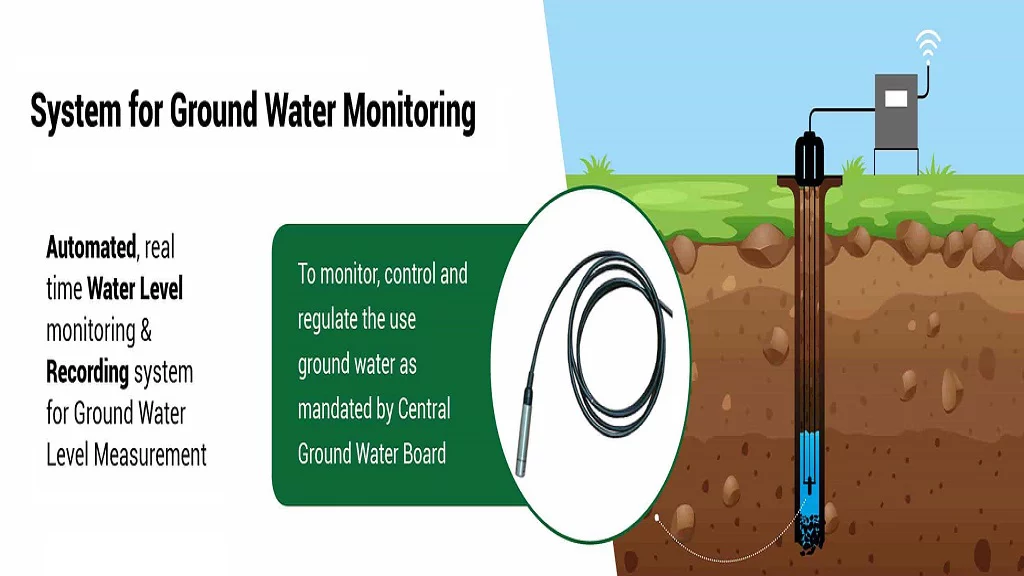Project Requirement
The National Mission for Clean Ganga (NMCG) is a flagship project of the Government of India, which aims to rejuvenate and preserve the Ganga river. One of the critical aspects of this project is monitoring water quality parameters across the Ganga river. To implement that, they need to use a wireless water quality monitoring solution (sensors, Telemetries & IoT Platform).
Challenges
solutions
- With Traditional water quality monitoring systems face several challenges manual sampling and testing water quality manually requires a significant amount of time and resources, which can be a major constraint for authorities trying to monitor a large river like the Ganga.
- Another challenge with traditional methods is the accuracy of the data. Manually collected samples may not represent the water quality across the river, and errors can occur during testing.
- Finally, traditional methods can be expensive and resource-intensive. Sampling and testing water quality manually requires trained personnel, specialized equipment, and transportation, which can be costly for authorities
Despite addressing the above challenges, We proposed a wireless smart water quality monitoring solution( Telemetry system) consisting of Water quality sensors, a RS232, and an IoT Platform. These devices are placed strategically along the river and continuously monitor water quality parameters such as pH, dissolved oxygen, bod, cod temperature, and conductivity. The data collected by these telemetries is transmitted to an IoT Platform or central server, which can be analyzed and used to identify potential water quality issues.
BT Products
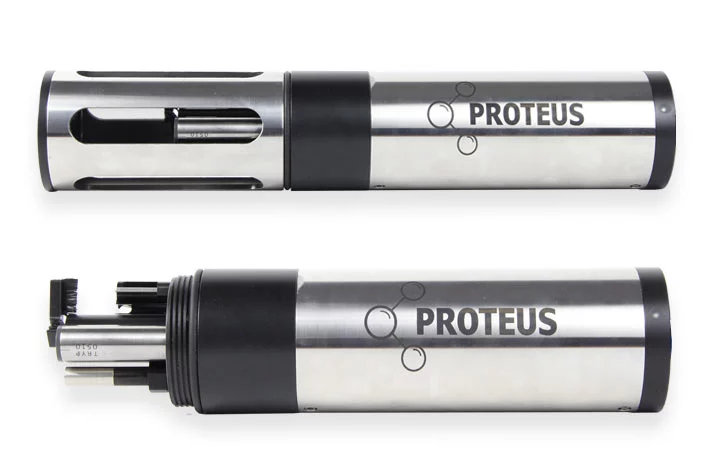
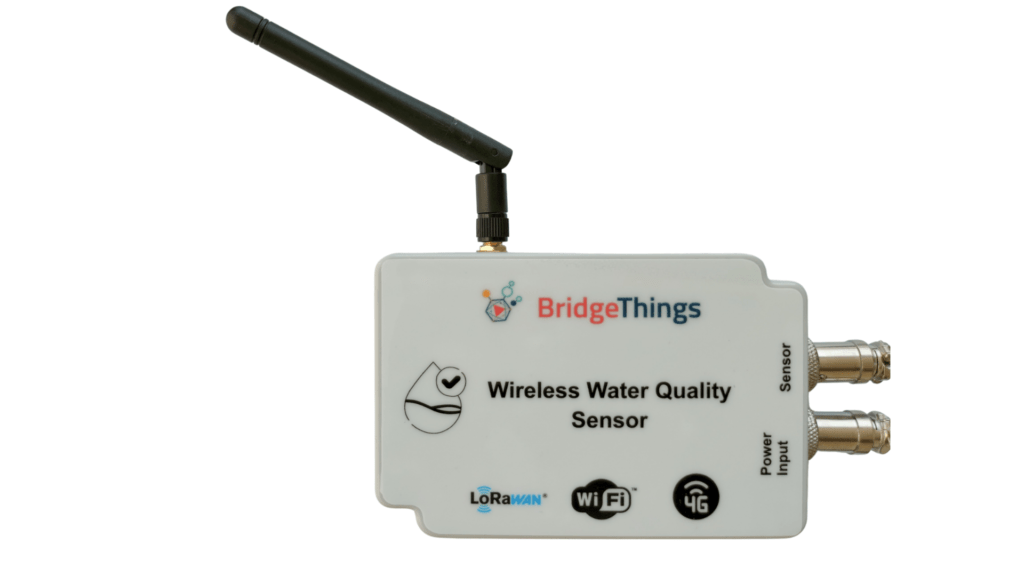
Mult-parameter water quality sensor
Communication Device - RS232
The Proteus multi-parameter water quality sensor is designed to measure various physical, chemical, and biological parameters in water. These parameters can include pH, temperature, dissolved oxygen, conductivity, salinity, turbidity, and others, depending on the specific model of the sensor. The sensor uses various technologies such as optical sensors, electrodes, and electrochemical cells to measure the parameters and provide real-time data to users accurately. It is often used in water treatment plants, aquaculture facilities, and other environments where water quality needs to be monitored and controlled.
RS-232 (Recommended Standard 232) is a standard for serial communication that defines the electrical and functional characteristics of a serial communication interface.
it can be utilized in water quality monitoring systems for data acquisition and communication purposes. Water quality monitoring involves measuring various parameters such as temperature, pH, dissolved oxygen, conductivity, turbidity, and more to assess the health and quality of water sources.
Out Comes

Real-time Monitoring of water quality
The telemetry system allows for continuous water quality monitoring, which is crucial for ensuring that the water is safe for human consumption and identifying potential issues.
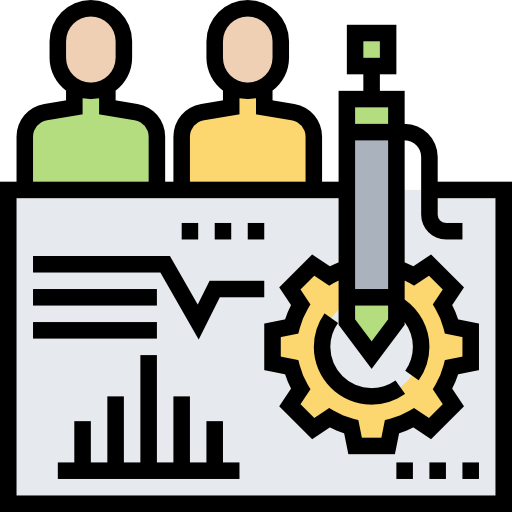
Reduced need for manual data collection
The use of wireless telemetry reduces the need for manual data collection, which can be time-consuming
and prone to errors.
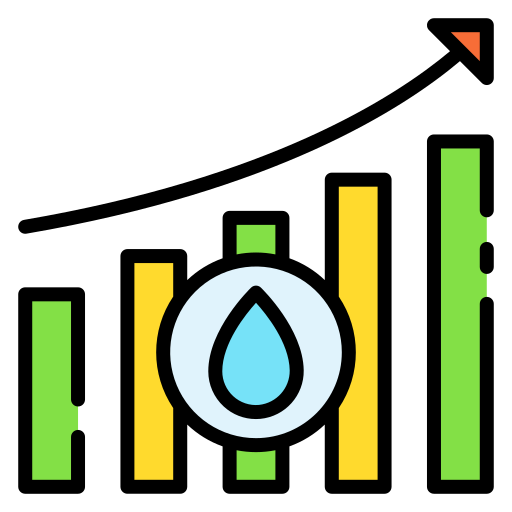
Improved Water quality
The continuous monitoring of the water quality has helped to identify and address any issues on time, leading to significant improvements in the overall quality of the water.

Greater accessibility of data
The data collected by the telemetry system is available to the public through an online portal, making it easier for government bodies to track the water quality and take necessary actions to address any issues.

increases efficiency
The use of wireless telemetry has increased the efficiency of the NMCG's efforts to improve the water quality of the Ganga river, as it allows for continuous monitoring and timely identification of any issues
IoT Platform
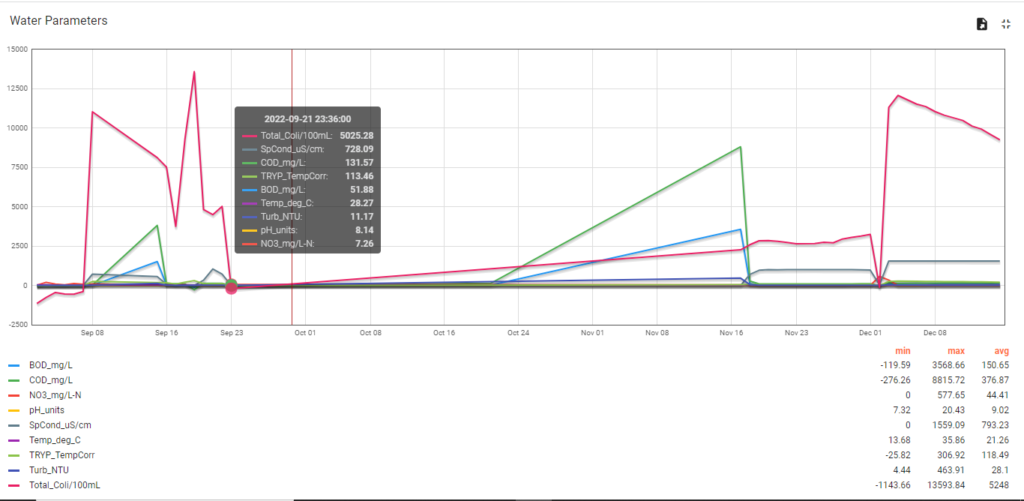
Note:In this project, BridgeThing plays a crucial role in delivering a comprehensive water quality monitoring system. The system comprises two key components: a hardware communication device and an IoT platform.
The hardware communication device provided by BridgeThing serves as the interface between the water quality sensors and the IoT platform. This device is responsible for collecting data from the sensors, converting it into a suitable format, and transmitting it to the IoT platform for further processing and analysis


